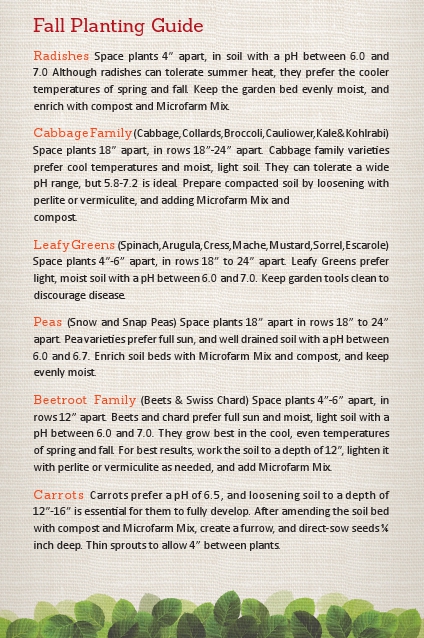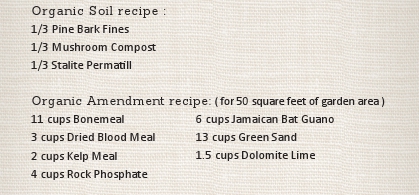Hen House With a View : The Combs Family's Lakefront Coop
 Tuesday, December 4, 2012 at 7:59AM
Tuesday, December 4, 2012 at 7:59AM The Combs family loves their chickens. If you add up all the hens, roosters, pullets and cockerels there are well over a dozen of them scratching, pecking, and crowing around a large kids playhouse which has recently been moonlighting as a chicken coop.
“I thought we could build a separate coop area here”, smiles Susanne, pointing underneath the playhouse’s back deck. “ The coop area that we already have on the other side is starting to get a little crowded.”
The area underneath the deck measured about 6’x8’x 5’ high, and the existing framework was well suited for a coop for up to eight chickens. The lakefront view wasn’t bad either
The first step was to determine the best location for the roost box and the human entry door, as these decisions have a huge impact on comfort of the birds, and ease of entering the coop for cleaning, feeding, etc. We went with an outward opening door at the lakeside corner of the deck, and built a roost box that ran along the opposite end of the deck.
The family had requested a window to give the chickens more sunlight, and the 18”x24” roost box window in that location will let hours of morning sunlight into the coop.
Once the layout was determined, the framework was installed. The budget for this project didn’t allow for cedar, but instead of using pressure treated pine, which isn’t a good choice for chicken coop construction because of possible health risks, we used untreated pine framing lumber, and applied Timber Pro’s Non Toxic Internal Wood Stabilizer, which safely seals the wood and gives it about the same lifespan as pressure treated pine.
We chose to make the roost box wall panels using ½” thick T1-11 siding with deep grooves on 4” centers. The walls were painted to match the existing color on the playhouse siding, and a door was framed and mounted. We used galvanized roofing material placed at an angle between two of the deck’s floor joists to keep the roost box dry, and funnel rain water outside the coop where it can run down to the lake.
Because they have had issues with large predators like coyotes before, we wrapped the coop with ½” galvanized hardware cloth, which is much sturdier than hexagonal poultry netting. To thwart any attempts by digging predators, we placed a skirt around the base of the coop, buried to a depth of about 8” and anchored underground with a layer of concrete.
Once finishing touches like the ladder, window, and egg door were finally in place, the Combs’ flock didn’t waste any time getting settled into their new home. With the rascally young cockerels pecking at our ankles, and crowing like horns in a traffic jam, it was time to skedaddle.
Maybe all that crowing was a persistent suggestion to pack up out gear and leave them alone with their hens, or maybe it was just lots of thanks for their comfortable new home. Whatever the case, the chickens sure seemed happy in their new coop and they’ve got one heck of a lakefront view.










